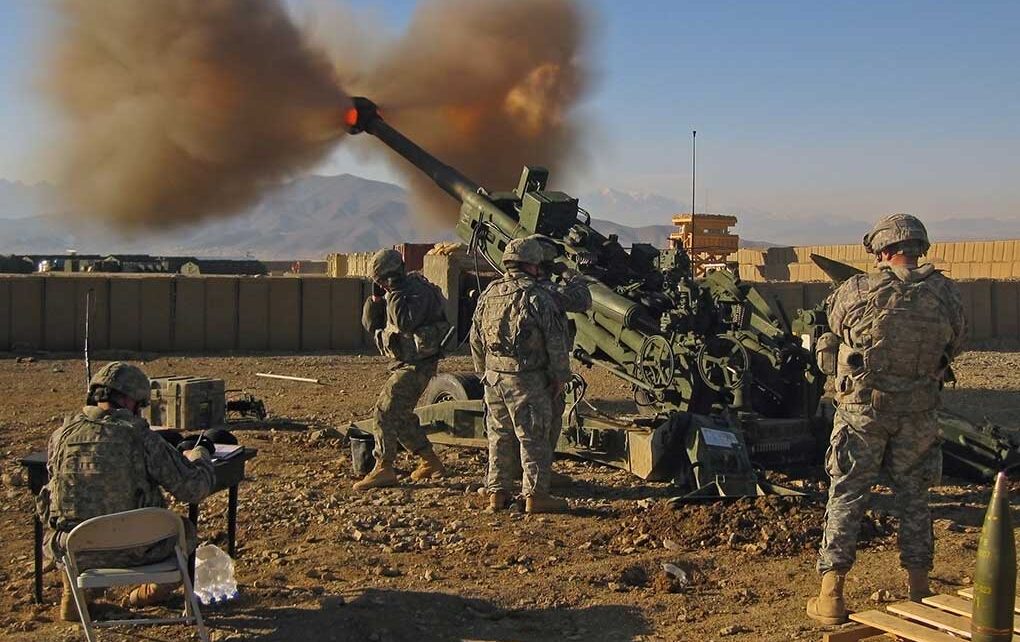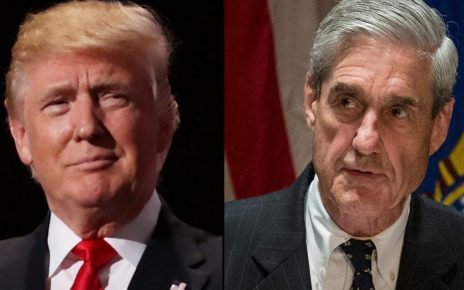The Decade of War and Catastrophe in Syria: Part 2- Foreign Interventions, Kurdish Militias and the Fall of the Caliphate
The Islamic State reached it’s territorial peak in the fall of 2014, ISIS controlled 41,000 square miles in Iraq and by the end of 2014 ISIS had taken over a third of Syria (according to wilsoncenter.org). The speed at which the outlaw organization was able to conquer such a large amount of territory was a shock to the system, of not just the Middle East, but to the entire international community. Besides ISIS, other Islamic militias began to rise up to challenge the power of Bashar Al Assad and his fading regime. The Al-Nusra Front, Ahar Al-Sham and even a group with the Westernized title as the Free Syrian Army all battled it out with Assad’s forces throughout the years from 2010-2015 (syriahr.com). Aleppo, in the Idlib province eventually became the rebel stronghold, causing it to be a frequent target of air force bombings, ground force invasions and even the use of chemical weapons on at least two occasions. As we’re going to discuss in more detail the Russian Federation was the first foreign nation to throw it’s hand in the fighting in September of 2015 (year courtesy of rand.org). More or less the reasoning behind Russia entering a war that seemingly had nothing to do with them, was to prop up Assad and defend their own interests in Syria. The most important aspect to protect was the oil imports they received, as well as, keeping a strong Putin ally in power as not to allow a change in the status quo by allowing Syria to become an overly chaotic mess and possibly lose whatever influence Russia had. Kurdish militias played a major role in the defeat of ISIS with help from the United States and with hopes of finally establishing a state of their own. ISIS which we now know was incredibly in over their head, would soon lose every single piece of ground gained in their earlier incursions.
Russia was the lynchpin for the all out wave of various nations, militias and mercenaries to enter the fray on the battlefield. The original hope was that the presence of a major military power could help quickly regain territory taken by ISIS. Instead, Assad and Putin seemed to evade attacks on ISIS held cities and went directly toward Idlib to engage other rebel groups less barbaric than ISIS but who posed a bigger threat to Assad’s power. The Free Syrian Army and the Al-Nusra Front, to name a few, were the more frequent targets. Obama, the US President at the time, knew he had to develop a strategy of dealing with the evil, murderous and growing scourge that was ISIS. Sending a large contingent of American troops was totally out of the question, considering the catastrophe of the Iraq War which Obama had promised to end. So, sometime in 2014 the U.S. first involved themselves in the battle against ISIS in Syria. But unlike in previous American interventions into Middle Eastern warzones the U.S. relied on training and providing air strikes for the less “radical” factions who were hellbent on destroying ISIS, not necessarily groups more intent on toppling Assad (apnews.com). The U.S. main proxy originally used to fight the Islamic State were the Free Syrian Army, early on they supplied them with: food rations, pickup trucks, medical aid but no weaponry. Soon after the US would attempt to help train, equip and finance a part of the FSA (Free Syrian Army) but the 500 million dollar strategy turned out to be a failure and cancelled in 2015. Not until 2017, when Donald Trump was the President, did the US really get involved in the process of ridding Syria of ISIS and the immense amount of land under their control. The United States called upon an old and reliable ally to do most of the dirty work in battling the Islamic State. That ally was Kurdish forces stationed in the far Northern part of Syria, eventually using the very Democratic sounding Syrian Defense Forces (SDF) moniker. They weren’t the only militia/proxy to take the fight to ISIS. Several Iranian based fighting forces which went under their own conglomerate of the Popular Mobilization Forces (PMF) battled ISIS in Iraq and made immediate progress in reclaiming cities and villages taken years earlier by armed radicals. We’ll mention the PMF later in the series as one of the many Iranian “terrorist” orgs whom would later be hunted via the skies by both the US and Israel. What a way to show gratitude for helping Iraq rid itself from the grasps of blood thirsty savages.

The Kurdish YPG have always had a reputation as a battle hardened group due to the many different conflicts they’ve been involved in. Saddam Hussein in the early 90’s attempted to liquidate the entire Kurdistan region in Iraq, even using mustard and sarin gas at one point. The YPG along with their on-again-off again Peshmerga allies have also been through several border battles with Turkey, so war was nothing new for them and ISIS though barbaric and well-funded, were hardly as battle tested or organized as previous enemies the Kurds had dealt with.
After nearly five years of brutal occupation, various terror attacks in European cities and the recruitment of over 40000 foreign fighters ISIS began to lose ground, rapidly. Air strikes from United States air force aided the SDF in their ground campaign to retake cities and towns still in the clutches of the “Caliphate”. By 2017, after fierce fighting that lasted over 4 months, the SDF, with the help of an international coalition including: US, UK, France and Germany, finally overwhelmed ISIS forces, and liberated the city of Raqqa (info courtesy of time.com). The loss of their self declared capital seemed to mark the final stages of ISIS control in Syria. In February of 2019 the Islamic State had lost all but one river side town, Baghuz. Many of the battle hardened ISIS fighters were already dead, captured or long deserted the fight in Syria. Despite this, SDF forces battled it out in the fiercely guarded village, making their way to the banks of the river. After over a month of fighting against a suicidal, brainwashed contingent of mostly female, starving men and child soldiers, the town of Baghuz was officially liberated on March 29th of 2019 (npr.com).
The world breathe a sigh of relief, knowing that ISIS was now pushed underground and forced to evacuate Syria almost entirely. The so called Caliphate was defeated, mostly thanks to Kurdish forces on the ground. In Iraq ISIS was completely annihilated by the Iranian financed Popular Mobilization Forces. It’s the ensuing events which would show just how thankful not only the Syrian government was for the Kurdish defeat of ISIS but also Trump’s lead US government. Rightfully so, the Kurdish expected a carved out section of Northeastern part of Syria for land needed to finally achieve their goal of statehood. Problems arose shortly thereafter, Turkey which borders the area known as Kurdistan, has a long history of hatred toward the various factions the Kurds are broken into. The Kurdistan Workers Party (PKK) are considered a terrorist org and a threat to the Turkish border. The SDF or their original title of the (YPG) are not a part of the international terror list but still seen as such by the Turkish government.
During the final stages of the destruction of ISIS in Syria, Turkey under the guise of protecting its borders from “hostile” Kurdish militias, began to discuss and then organized what was more or less an invasion. These were the same fighters who basically singlehandedly swept the Islamic State from Syrian lands. But the problem with that was Turkey never seemed too worried about ISIS, by the time Turkish troops crossed the northern Syrian border on October 9th 2019 (date courtesy of aljazeera.com). Turkey immediately installed a several military outposts on the Syrian side of the border, forcefully and purposely showing their military presence. And here’s the part of the story where we truly learn the meaning of disloyalty and let’s just say how to stab someone in the back while everyone watches. See after ISIS was soundly defeated, once again thanks to the Kurds, with very little American ground troops. Sure the US did offer strategic, logistic, financial aid the very imperative air support which helped immensely. By the time the Turkish army, backed by their own Syrian Arab proxies, entered Northeastern Syria in October of 2019, the United States had still slightly over a thousand troops left fighting amongst their SDF allies (usnews.com). But when the White house received word that November from Ankara that Turkey was willing in invade IDF held territories with or without US troops present, Donald Trump and Secretary of Defense at the time Mark Esper decided to abandon their allies despite protests from US soldiers still stationed in Syria. As videos showed U.S. military vehicles speeding out of harms way, locals whom were depending on the support of the United States protection could be seen hurling rocks, tomatoes and certainly shouting some choice words as they fled. It was definitely a spineless and extremely unfortunate decision, especially for the Kurds who were left high and dry. I’m not insinuating the US start a war with a NATO ally over some mountainous Syrian enclave, but what truly bothered myself and many others was Trump’s decision to leave a miniscule force of less then one hundred military personal to “Protect the oil fields”. Let’s just say it wasn’t the US militaries proudest moment, but ISIS was defeated and the US suffered very little casualties. And of course Trump was able to nurse his own inflated ego when on October 27th of 2019 US special forces located the infamous “Caliph” whom was dressed in his underwear and amidst the raid Al-Baghdadi detonated a suicide vest. Trump announced the successful mission on national television shortly after Al-Baghdadi’s remains were uncovered. It certainly didn’t have the same bluster or cause for nationwide celebrations that Obama announcing Osama Bin Laden’s death had but at the time it seemed to be a high point of Trump’s presidency.

The Caliphate was once and for all history as a major belligerent in Syria. Bashar Al-Assad was still clinging to power, whilst his Russian allies continued to bomb the city of Aleppo, including hospitals and schools. The US were busy guarding oil fields and the Kurdish didn’t stand any chance of holding on to the land they fought so hard to gain. The SDF not only were fighting for their lives against Turkish troops and their proxies but also were tasked with guarding tens of thousands of ISIS prisoners. So after nine years of war what started as an uprising against the Assad government, became a full scale war amongst numerous factions and defeating a radical terrorist group. In the final installment of this three part series we’ll discuss Assad’s fading power structure, the continued Israeli bombing raids against Hezbollah and other Iranian militias. As well as Joe Biden’s first military action in response to a mortar attack on a US base in Erbil, Iraq.
Part III Next Week: Assad’s Power Fading, US and Israel Bombing Raids and Where Does Syria Go From Here?
Part I : – Arab Spring and Rise of ISIS is here…




